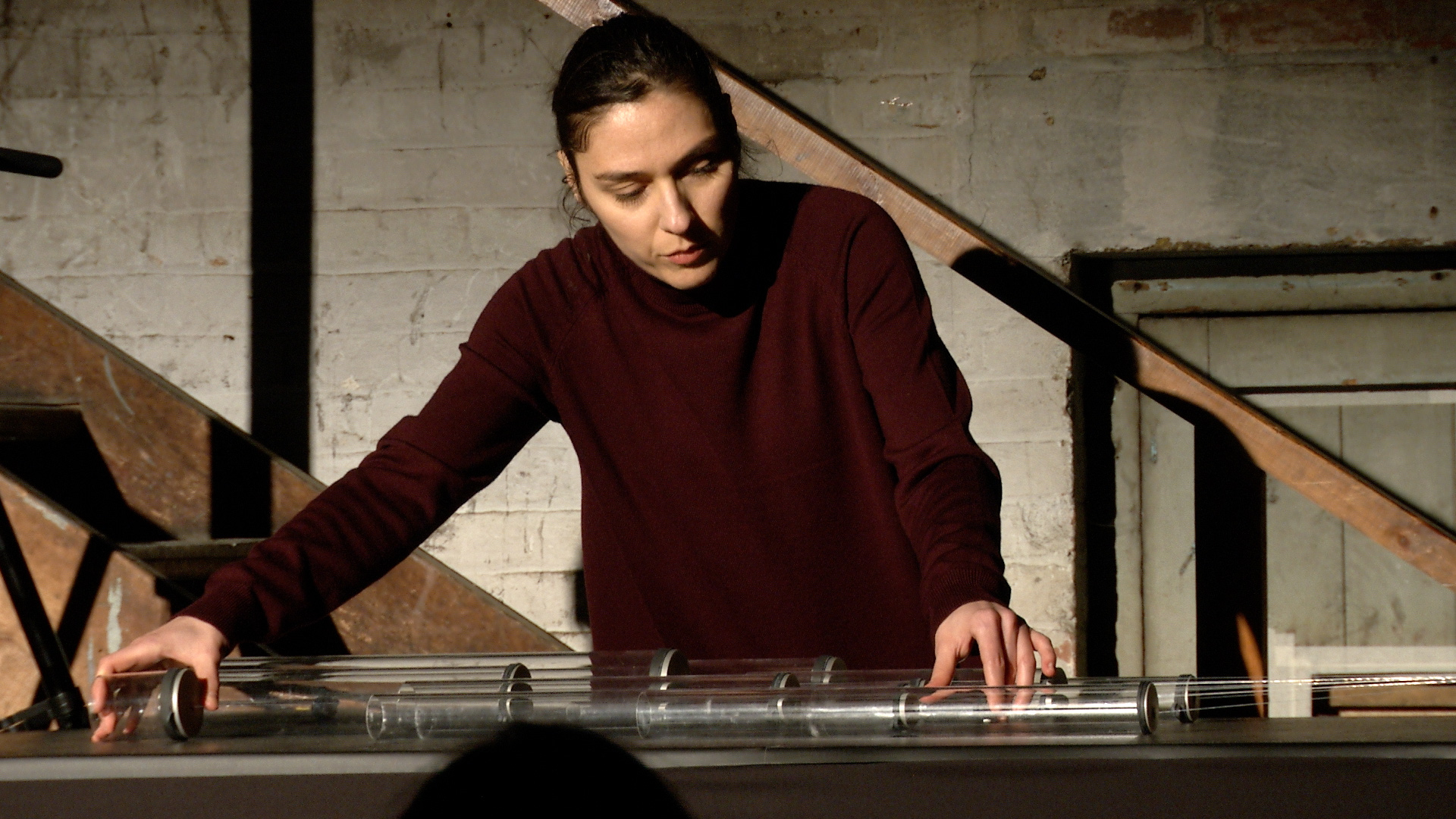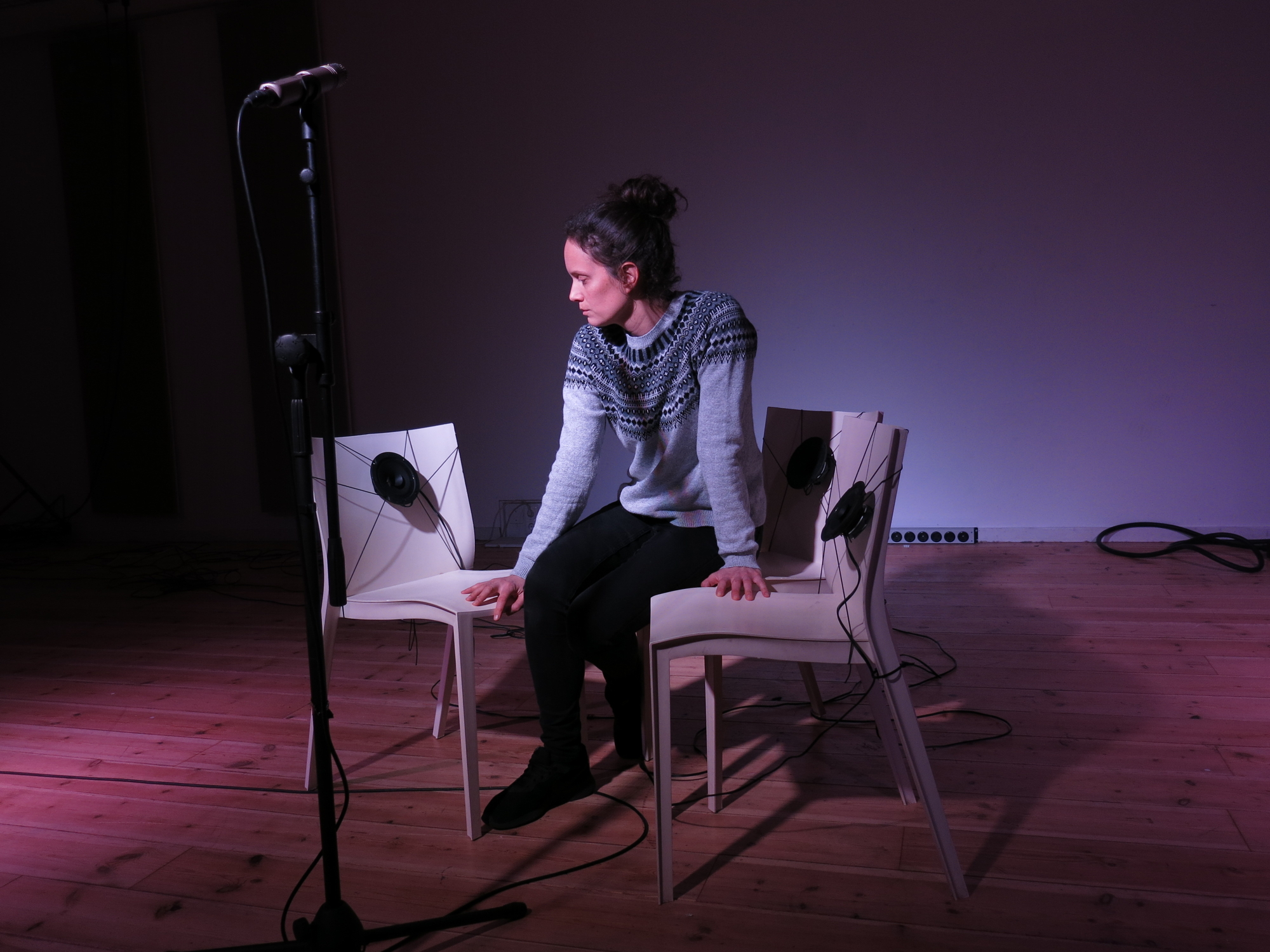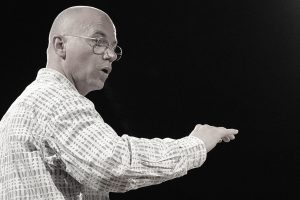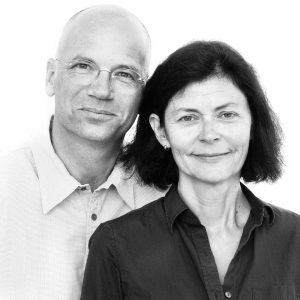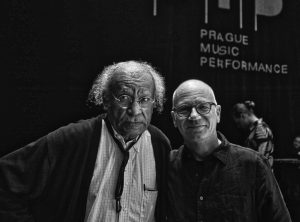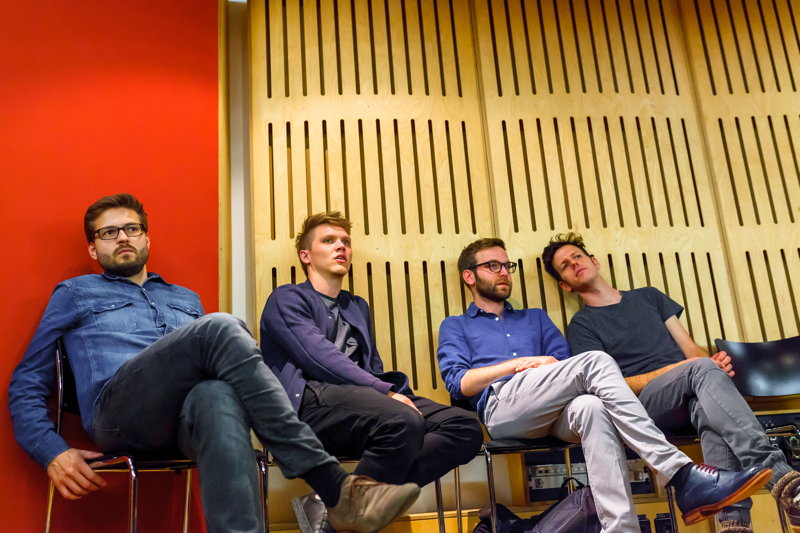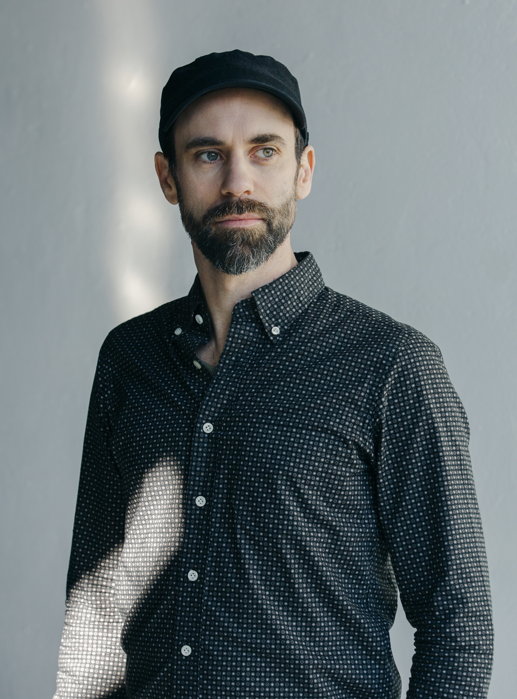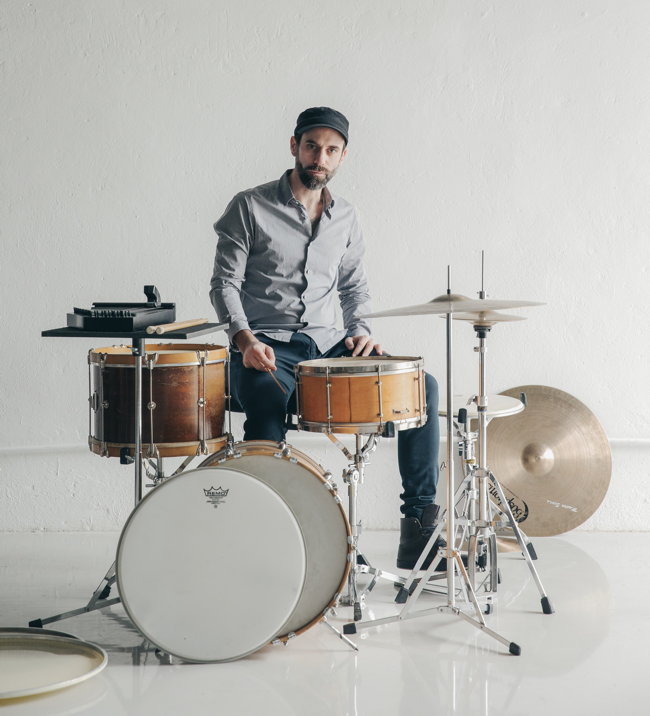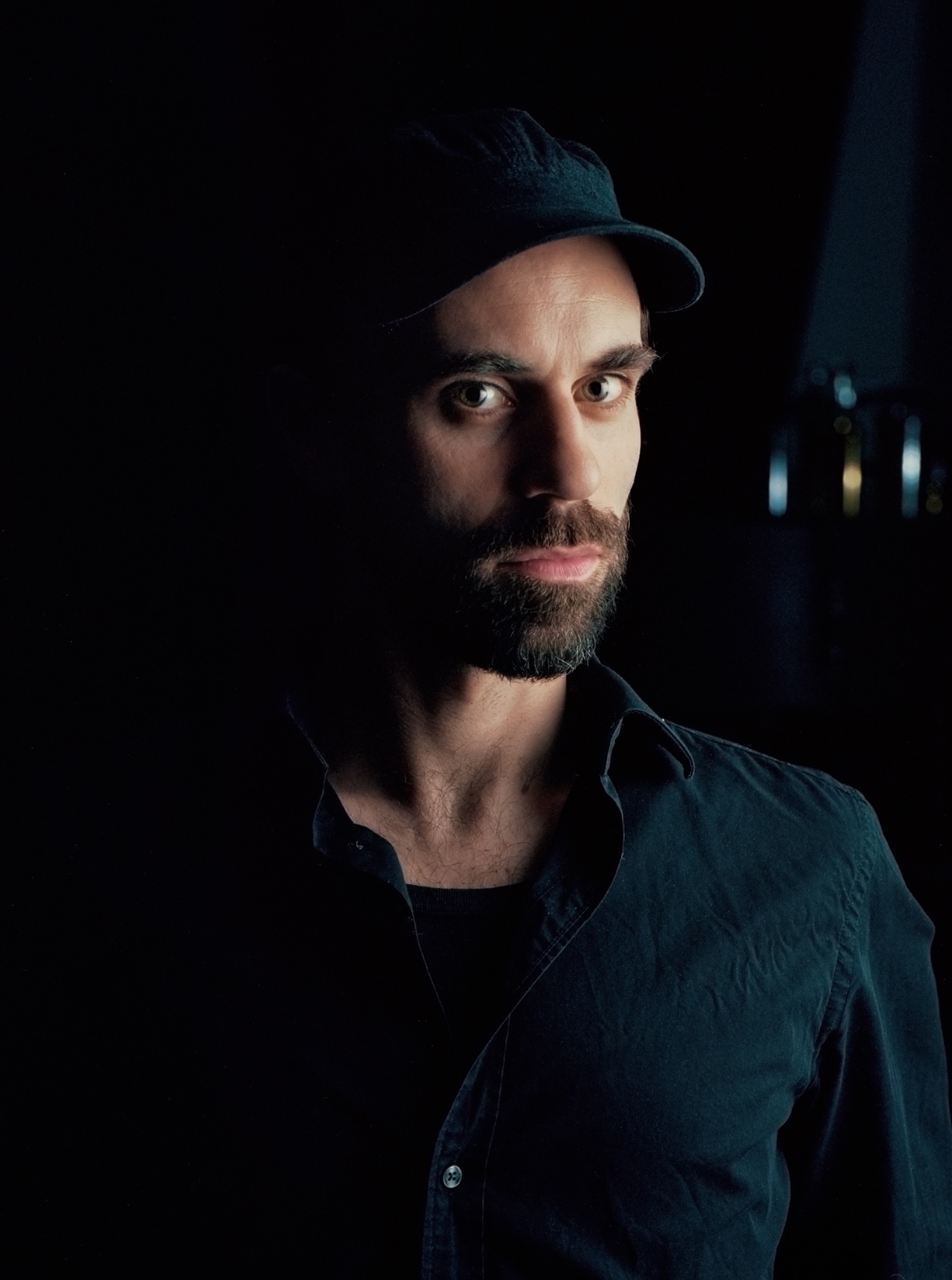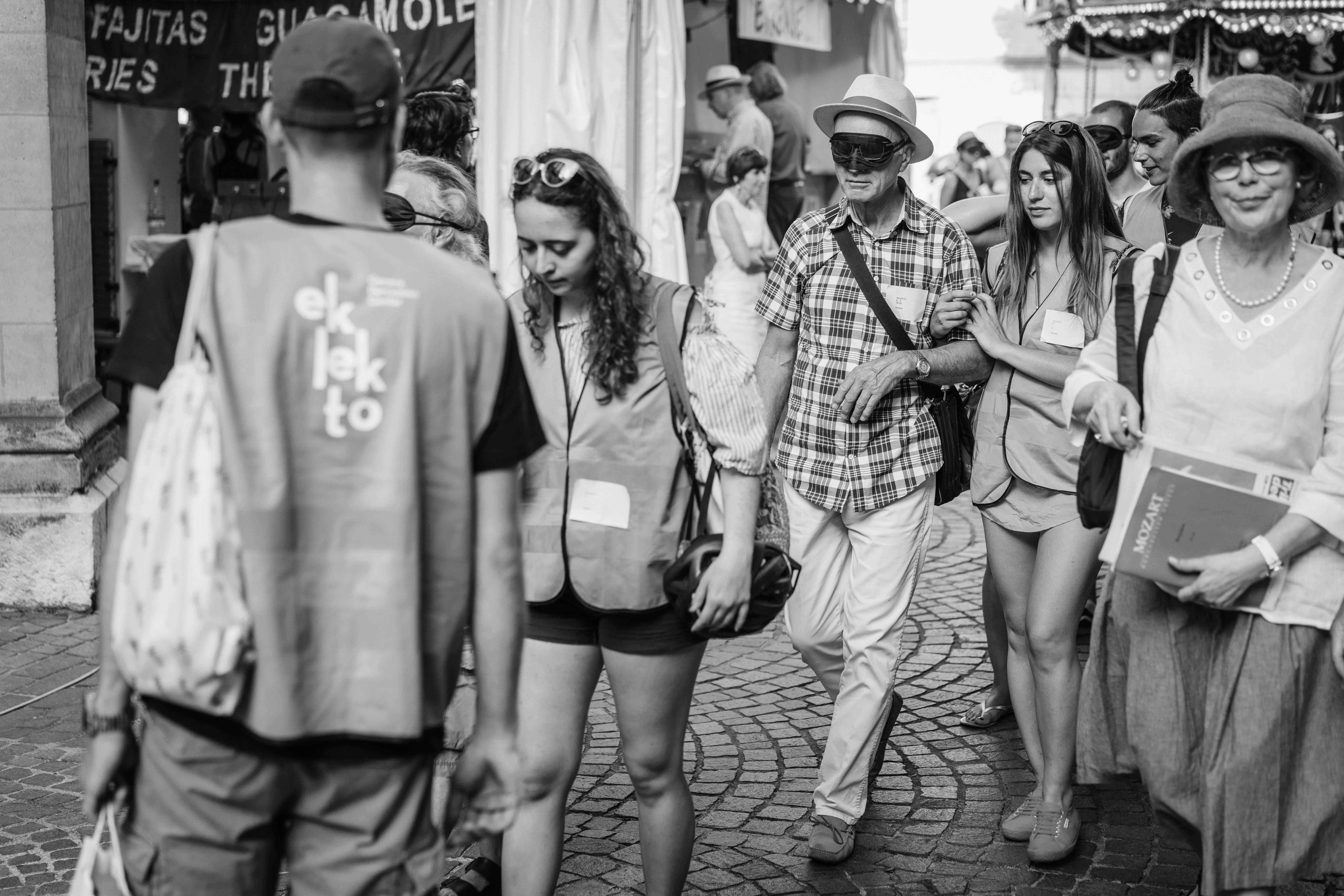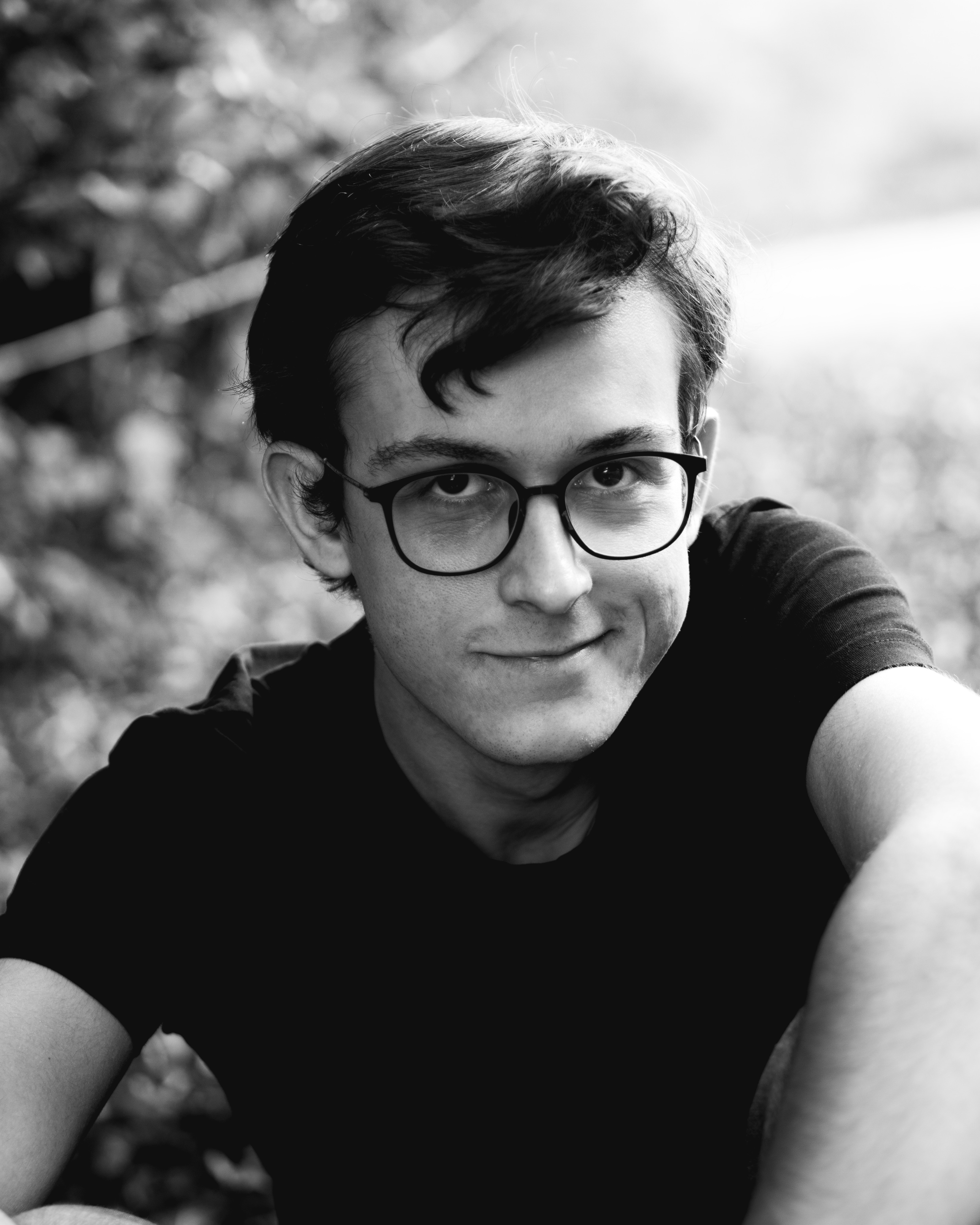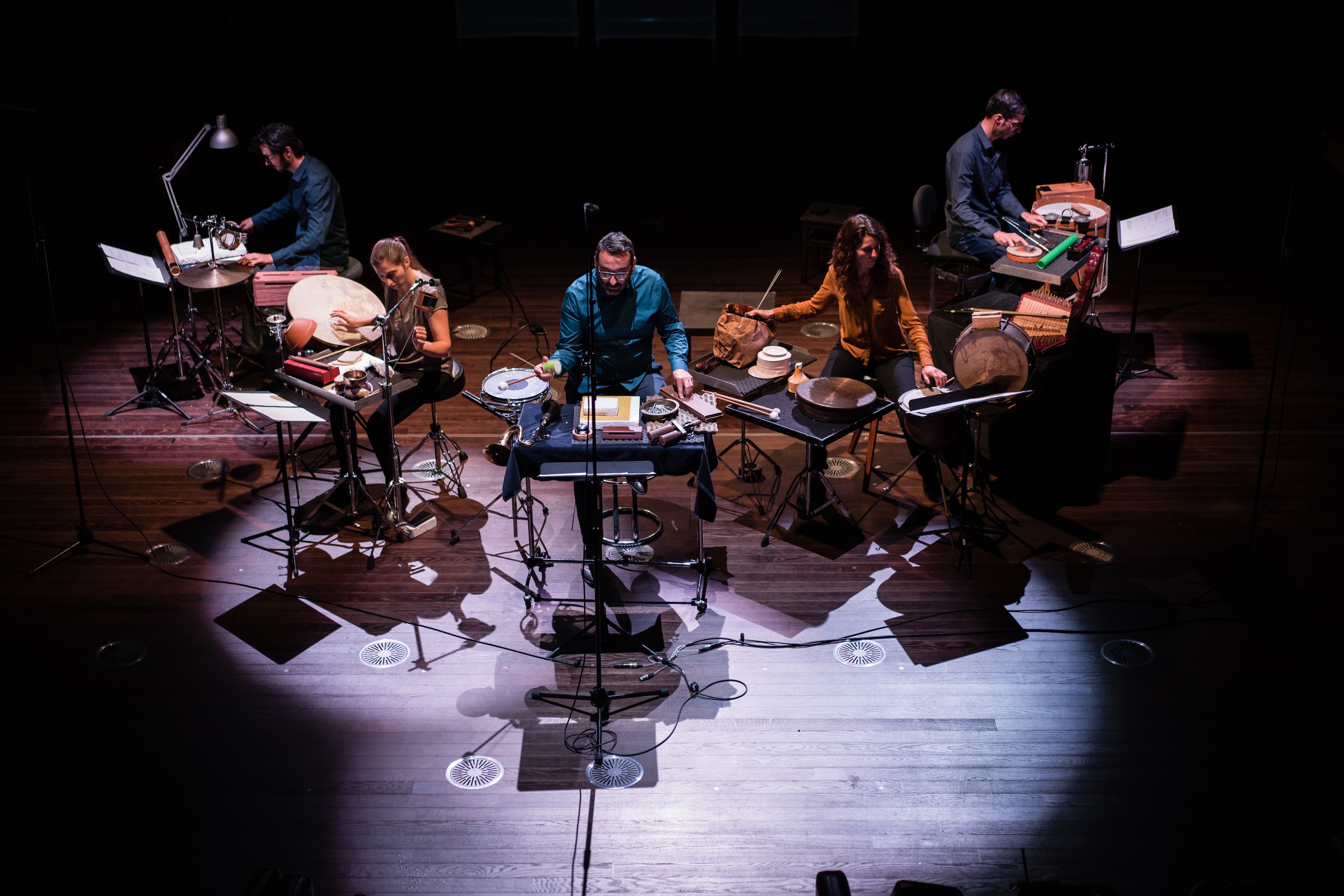Nora Vetter, Lucerne based viola player and composer, benefited in 2023-2024 of the Migros Culture Percentage’s Double Classic network. Each year, this mentoring platform enables several musicians to work on a specific project in depth and supported by a coach. On this occasion, we look back at her creative process and her impressions after a year of coaching, which led to the production of a new work for solo drums. A Portrait by Alexandre Babel.
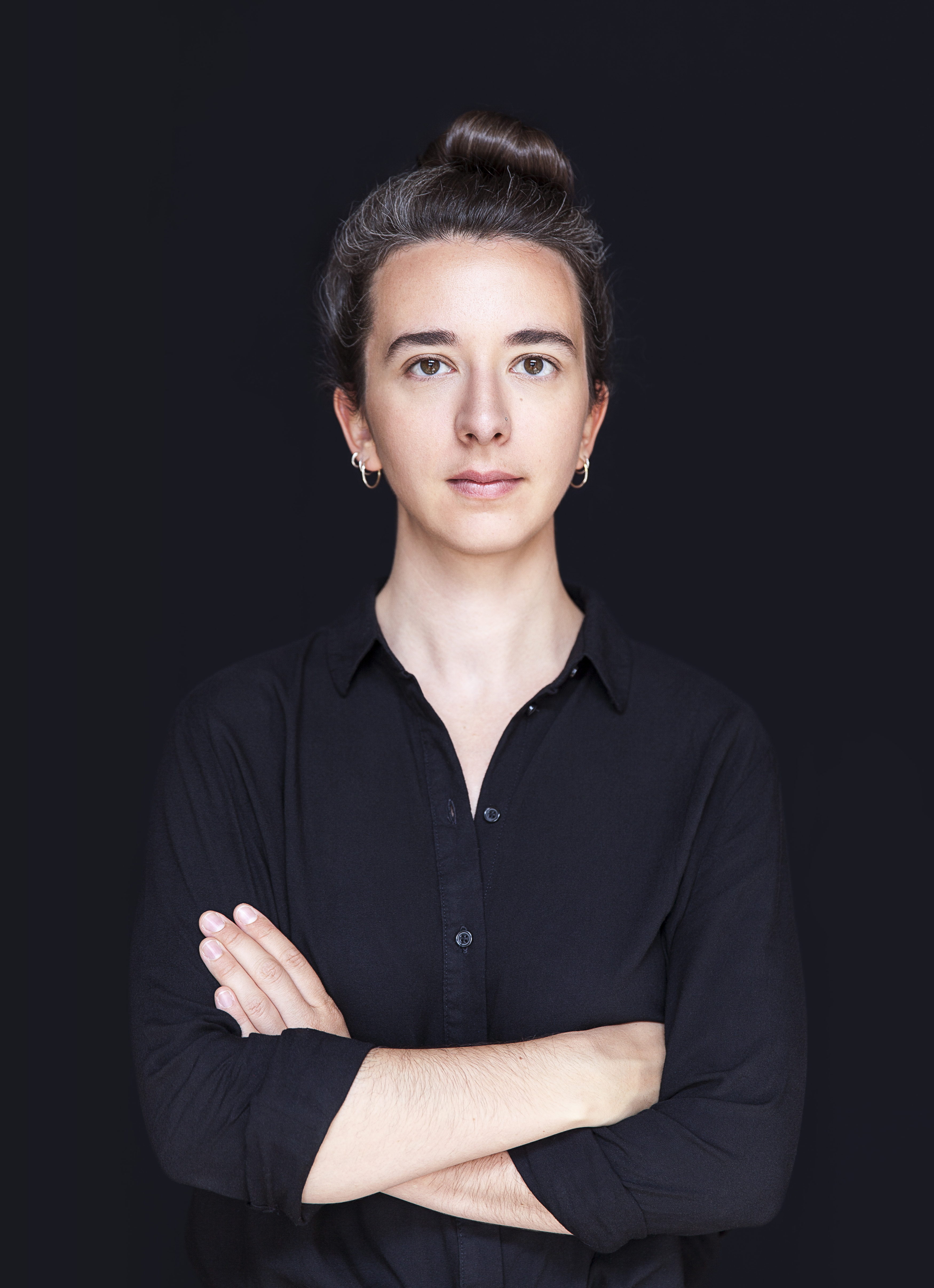
Portrait Nora Vetter zVg. Nora Vetter
Alexandre Babel
After completing a master’s degree in contemporary music in Basel, Nora Vettter moved to Lucerne, where she is actively involved as a violist with the Latenz ensemble and the Kulturbrauerei collective, producing events with the Forum Neue Musik and working on performance projects with the VAMM! collective. She is one of those instrumentalists whose multifaceted involvement in a wide range of contemporary contexts has led her to a questioning regarding her own creative power. So since 2019, she has been developing a body of compositional work, a personal way to structure the link between space and musical action.
“I like writing for specific places, that’s how I started. My first project took place in the disused grain silos of Altdorf in the canton of Uri in 2019. The architectural space was extraordinary, with a reverberation time of almost fifteen seconds. I presented two sound works there. One consisted in dropping pieces of dry bread from the opening in the roof of the silo. On the floor, two assistants had to collect the crumbs and place them in bags. This produced a series of small bombs whose impact on the ground, enhanced by acoustic reverberation, formed the sound structure’s basis”. Seemingly performative and phenomenological, this first action harbours a desire to sculpt sound and organise it in temporal space. At the same time, the architectural context is so important here that it will influence the perception of the sound phenomenon. These are concerns that Nora Vetter likes to emphasise, regardless of the formal context of her work.
In 2022, at the closing concert of the Festival Forward as part of the Lucerne Festival, the VAMM! collective she formed with Urban Mäder, Peter Allamand and Pia Matthes presented Ein sauberes Ende, a ‘collective intervention’ in which a group of nearly thirty performers undertook a clean-up action at the end of the concert. “The performance wasn’t really a conventional clean-up,” explains Vetter, “and we introduced tools that weren’t part of the building’s equipment, such as waste pliers and leaf blowers, which scattered the scores at the beginning of the piece.”
Urban Mäder, Peter Allamand Pia Matthes et Nora Vetter, Ein sauberes Ende, UA Lucerne Festival Forward, Konzertsaal KKL, November 2022.
When asked about the compositional aspect of such an intervention, Vetter explains: “While the initial idea was indeed to clean the space while the audience was still seated in the auditorium, we gradually added a musical dimension to the action. I would define this piece more as a composition, since we paid attention to the succession of sounds and the superimposition of sound textures that we consciously wanted to hear in a certain order.”
Nora Vetter further represents this duality between performative action and musical structure in works such as Dream Paralysis, a concert piece written in 2021 for the Latenz ensemble. “Whereas my work in Altdorf’s Grain Silos was adapted to an existing location, Dream Paralysis is dedicated to a particular group of people. But I needed an extra element with which I could shape the visual space. I turned to the use of light, distributing it in several distinct layers: neon tubes and torches operated by the performers and stage lights that drew different tableaux programmed according to the musical form. These elements form the starting point for a space dedicated to dreams”. The piece, inspired by the cycles of sleep, plays with the combination of perceptive sources. Vetter furher explains: “When the light dims, perception changes. In fact, as soon as the visual field is dimmed, the ability to perceive other elements increases and I like that idea.”
Nora Vetter, Dream Paralysis
In Dream Paralysis we find the use of performed gestures that are not linked to the production of sound, but which play an active part in the compositional dramaturgy. A performative attribute which, on the surface, distances this work from Nora Vetter’s latest production, Patch work, developed during her mentoring year. “Patch work is an acoustic drum solo, written for percussionist Ruben Bañuelos. It’s a piece of pure music, the antithesis of a work like Ein Sauberes Ende,” Vetter explains. Yet the composer’s performative concerns have not been forgotten. “What really interested me during the mentorship was becoming aware of the potential connotations of an instrument, in this case the drums. The very presence of a drum kit on stage is in fact already a performative statement.” We might well wonder, then, whether the reduction in means has not actually enabled the composer to isolate the very essence of the stage gesture. “Percussion is incredibly choreographic in itself,” concludes Vetter. “The gestures Ruben makes to produce the sound, some of them very subtle, already tell the story of a world. Finally, with this piece, I feel like continuing the work I started years ago.”
Alexandre Babel
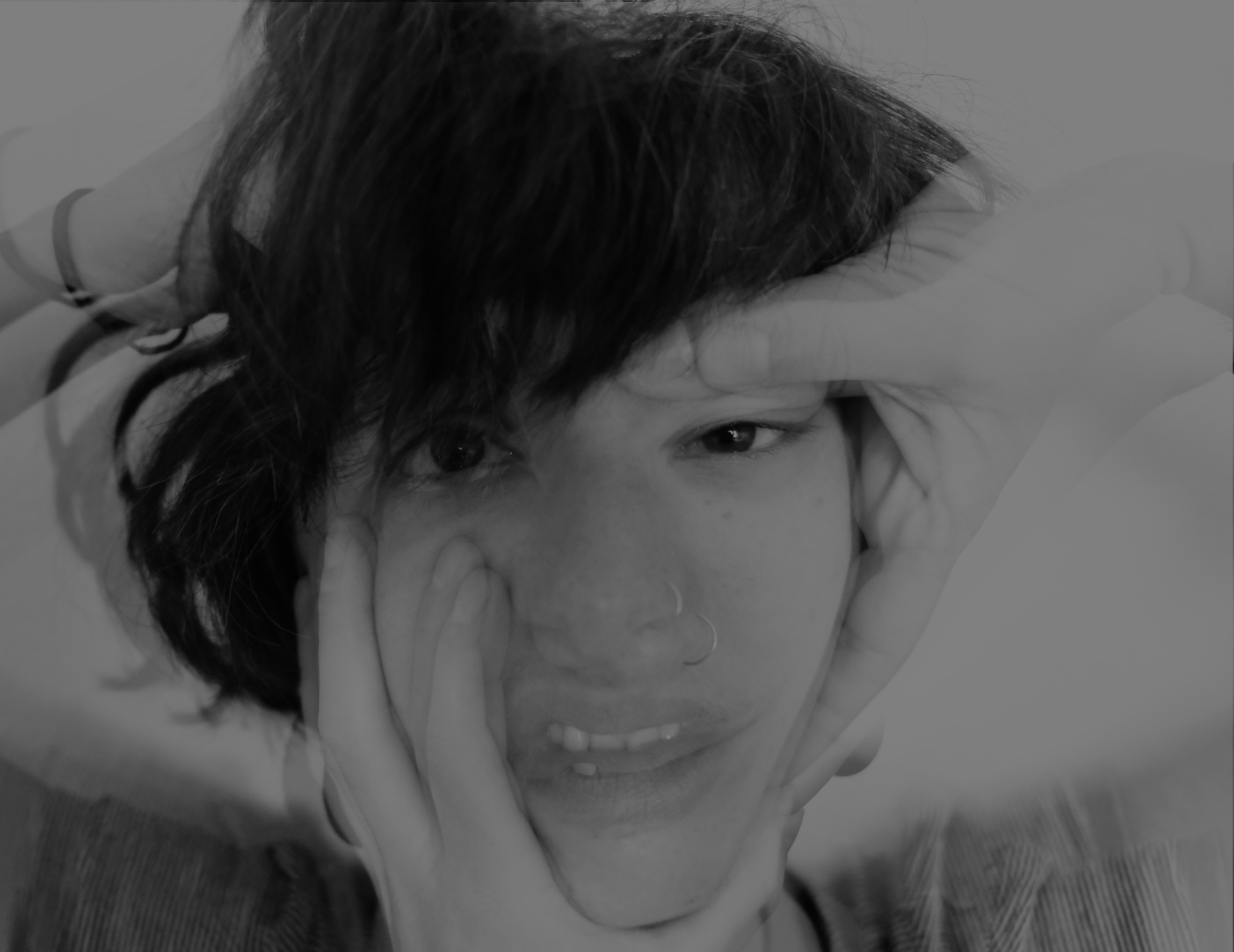 Portrait Nora Vetter zVg. Nora Vetter
Portrait Nora Vetter zVg. Nora Vetter
Latenz Ensemble, Kulturbrauerei Luzern, Forum Neue Musik Luzern, Ruben Bañuelos
émissions SRF Kultur :
neoblog, 11.11.2022: Das Lucerne Festival Forward nimmt “ein sauberes Ende”, Autor Jaronas Scheurer.
neoprofiles :
Nora Vetter, Urban Mäder


